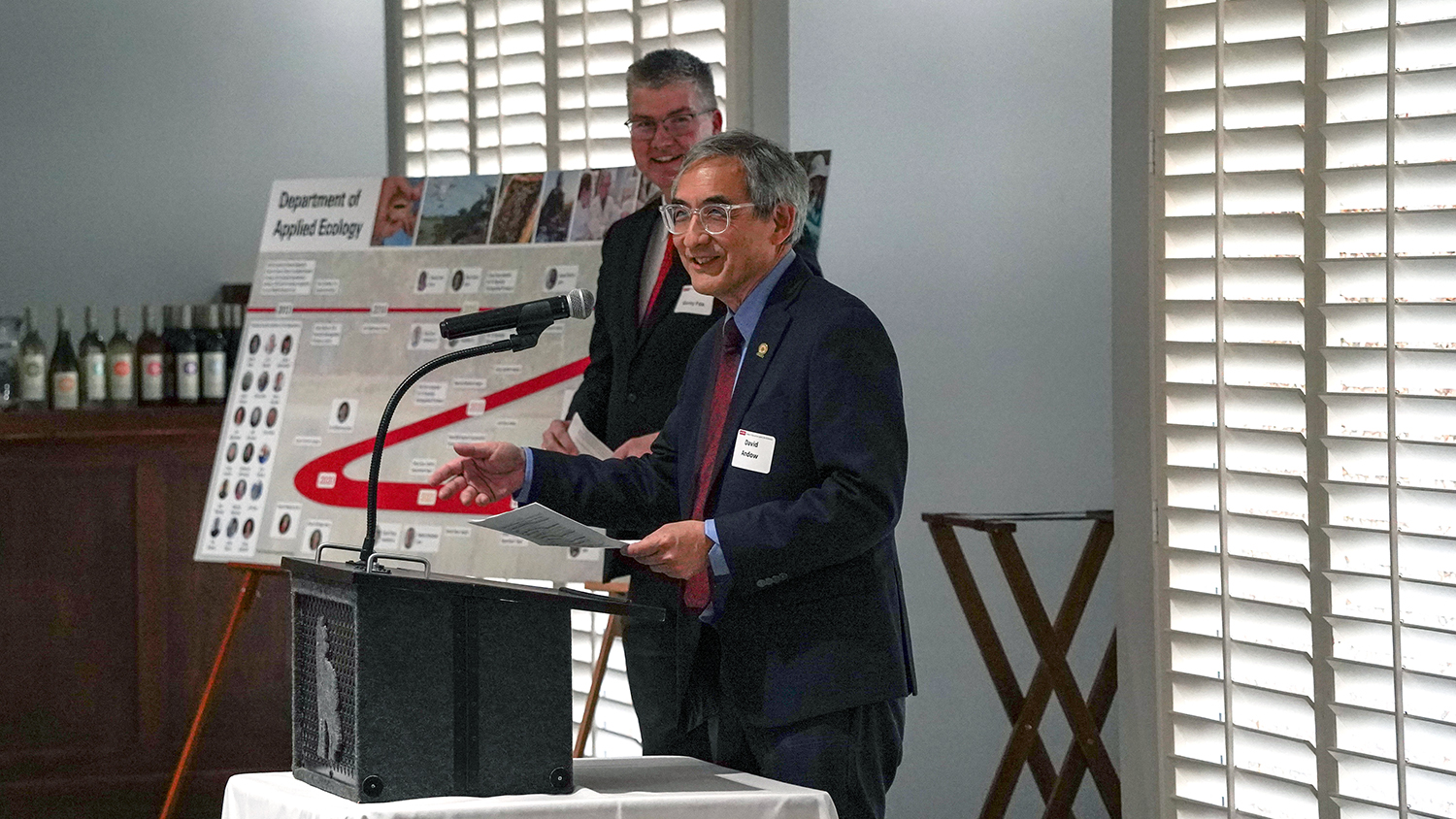You Decide: Is There a Solution for the Generational Clash?

By Dr. Mike Walden
In several states, teachers are protesting for higher salaries and more support for education, and those protests have come to North Carolina. At the same time, medical costs are an issue everywhere in the country. In this year’s session of the General Assembly, North Carolina’s lawmakers may debate greater funding for medical care, mainly through an expansion of Medicaid.
Are these issues related? Many analysts – including yours truly – answer “yes”, and say they are part of an emerging “generational clash” in the country, which will only become more pronounced in the future.
What do I mean by generational clash? Is it disagreements over attitudes, lifestyle and culture between the young and old? No – these have always existed. I was a college student in the 1960s, and if you wanted to witness generational culture clash, that was the decade for it!
Today’s generational clash takes a different form, one which is resulting in a competition over public resources in states. It pits the fast-growing retirement generation with their need for health care against the young generation who depend on education to get ahead in the economy.
The top three spending categories of state and local governments in recent decades have been education (both K-12 and higher education), health care and transportation. Among these three, education by far was the traditional dominant spending category. For example, in 1980 state and local governments in North Carolina devoted almost 5.5 percent of total economic output generated in the state – also called Gross State Product, or GSP – to education and slightly over one percent of GSP to each of transportation and health care.
In 2010 the GSP share spent on education in North Carolina stayed about the same, but the GSP share spent on health care doubled to two percent. The GSP share allocated to transportation actually fell.
But look at what’s projected for 2050. The share of GSP for transportation will change little. But with the elderly (over age 65) proportion of North Carolina’s population rising from 13 percent in 2010 to over 21 percent in 2050, much more is projected to be spent on health care. Indeed, the percentage of GSP in North Carolina spent on health care will rise another 75 percent between 2010 and 2050.
Unless state taxes are commensurately increased, a significant part of the extra spent on health care will likely be taken from education, simply due to its size in public budgets. This will mean smaller teacher raises – if any – and higher tuitions for college students.
It’s this education versus health care clash – which is really about the young versus the old – that is at the bottom of much of the protests in other states. The generational clash isn’t so obvious yet in North Carolina – but that train is coming – even if we don’t see it yet!
What are the options for preventing the young and the old from fighting over public dollars? Clearly one option is to increase taxes. Increasing combined state and local taxes in North Carolina by approximately $7.5 billion annually (in today’s purchasing power dollars) would prevent the decline in education funding in 2050.
Of course, raising taxes is always controversial. So is there another option? Fortunately there is, and it’s one many think will be increasingly possible in the future.
Many products we frequently buy have actually become cheaper in recent decades. Clothing, furniture, food, and most electronics have either dropped in price or have had price increases smaller than the increase in the average household’s income.
Improvements in production efficiencies are behind much of this good news. Production efficiencies are just a fancy economics way of saying companies are able to make products in a less costly way using better technology and manufacturing (or growing, in the case of farming) methods.
Education and medical care are two industries where such production efficiencies have not occurred. Economists say the reason is the services of the two industries have continued to be delivered predominantly by people (teachers, doctors, nurses), with relatively little technology and machinery involved (at least compared to other industries). Therefore, it is claimed the technological revolution – with its cost-reducing results – has largely skipped education and medicine.
But this may be changing. Personalized learning on apps and tablets, distance learning and programs that identify and fill learning gaps in students are some technological techniques now available in education. In medicine, body sensors that automatically transmit vital signs to physicians and alert them of medical issues, consultations with doctors using technology like Facetime and Skype, advanced surgical procedures that reduce time in the hospital and even operations performed by robots, may cut the rise in health care costs.
So hopefully technology and other improvements can come to the rescue of education and health care and allow us to avoid a further escalation of generational conflict over public dollars. In fact, every time I meet tech whizzes, I encourage them to put their talents in these directions rather than in developing another gaming app!
But if this option doesn’t work, then we and our leaders will face some tough budgetary choices. If this happens, I really don’t know what the outcome would be. I’ll let you decide!
Walden is a William Neal Reynolds Distinguished Professor and Extension Economist in the Department of Agricultural and Resource Economics at North Carolina State University who teaches and writes on personal finance, economic outlook, and public policy.
- Categories:


